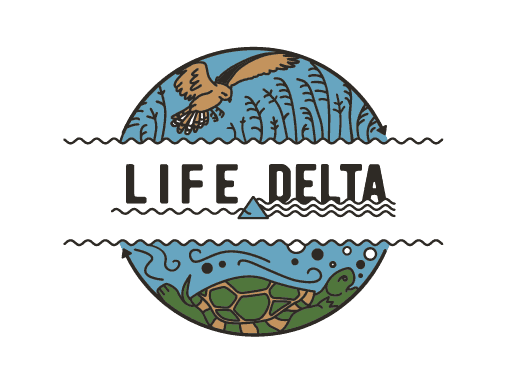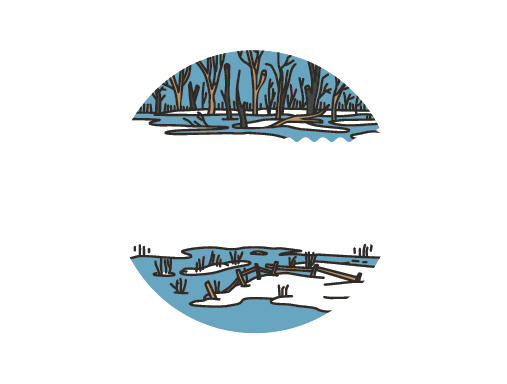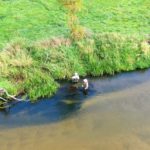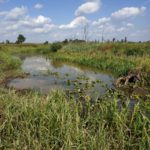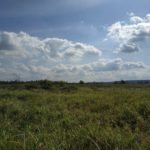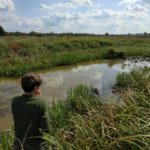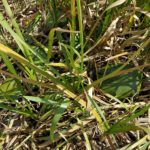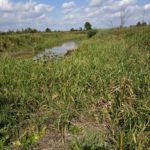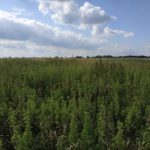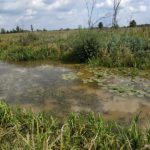
05 Oct Field research in the delta area of the Nida River
Field research in the area of LIFE17 NAT/PL/000018 project implementation was carried out once again on 13 September 2019. Again, habitat refuge specialist Kalina Adamczyk together with prof. Tadeusz Zając, Katarzyna Zając.
PhD and Joanna Korzeniak, PhD from the Institute of Nature Conservation of the Polish Academy of Sciences monitored natural habitats. Riparian, water and riverbank communities (reeds) were analyzed, however, this time special attention was paid to the thick shelled river mussel (Unio crassus), the presence of which was checked in the riverbed of the Nida River. Thick shelled river mussel is a large freshwater mussel, once one of the most widespread freshwater mussels, now one of the species with the fastest extinction rate.
Unio crassus was a mussel species with the highest population in the Nida River, but it died out in the 1970s as a result of a dramatic decline in water quality. Nowadays, the river has returned to the second purity class, has been channeled and the sewage is no longer a threat. In the context of the restoration of the entire river basin to improve water quality and biodiversity, it is also planned to restore the population of this mollusk in the delta of the Nida. Freshwater mussels perform important ecosystem functions and have a strong impact on the functioning of biocenoses, which is why the EU has already committed more than EUR 64 million to restoring their populations in different countries.
In Poland, it was possible to reconstruct the population of the thick shelled river mussel on the Biała Tarnowska mountain river. Since the genetic structure of the population of this species in Poland is well known, its habitat requirements are well known and therefore good practice methods for restitution of this species are also developed. They consist mainly in a precise development of the river mussels’ introduction, taking into account its complicated life cycle.
To learn more about the species, go to: http://www.iop.krakow.pl/pckz/opis6e7b.html?id=130&je=pl oraz http://www.iop.krakow.pl/pobierz-publikacje,453.
